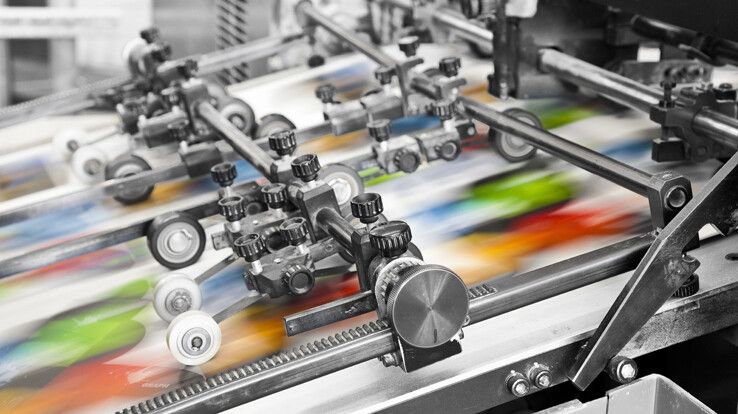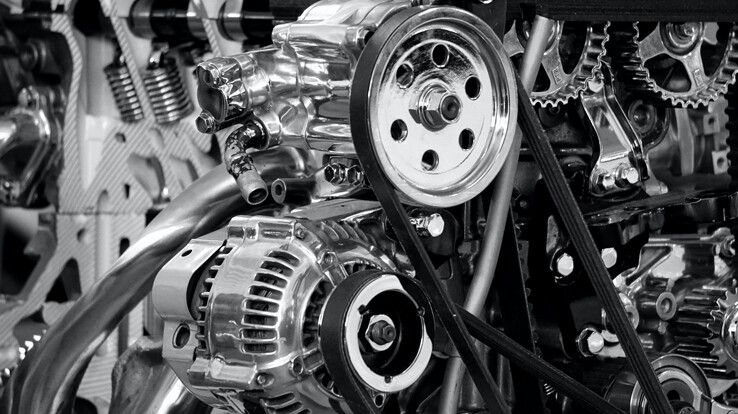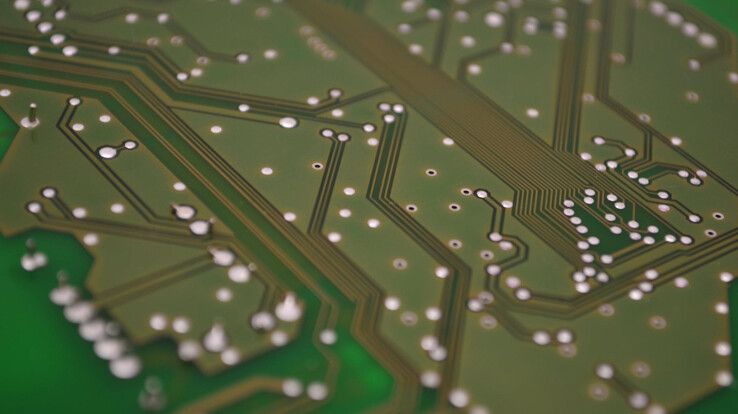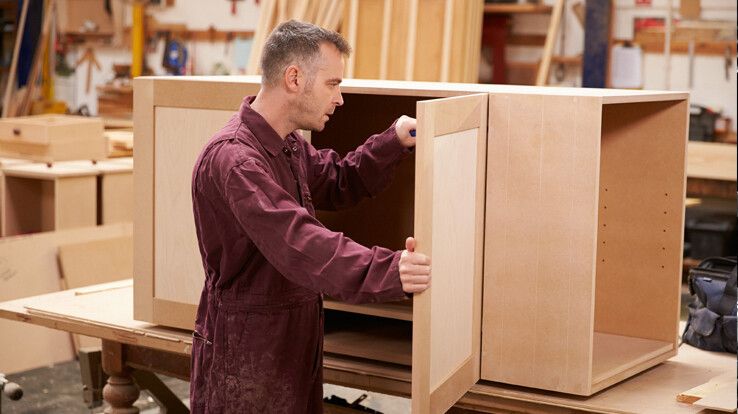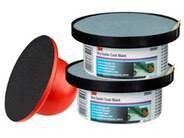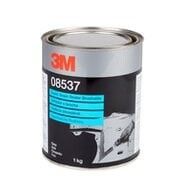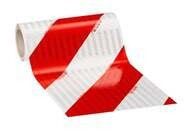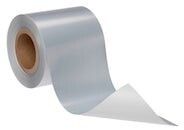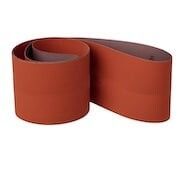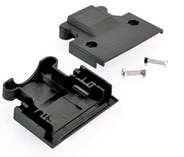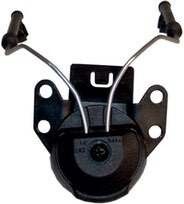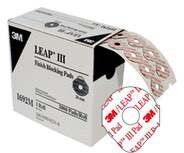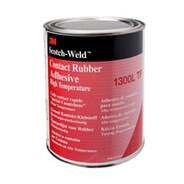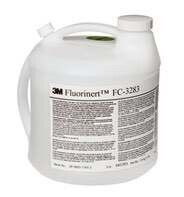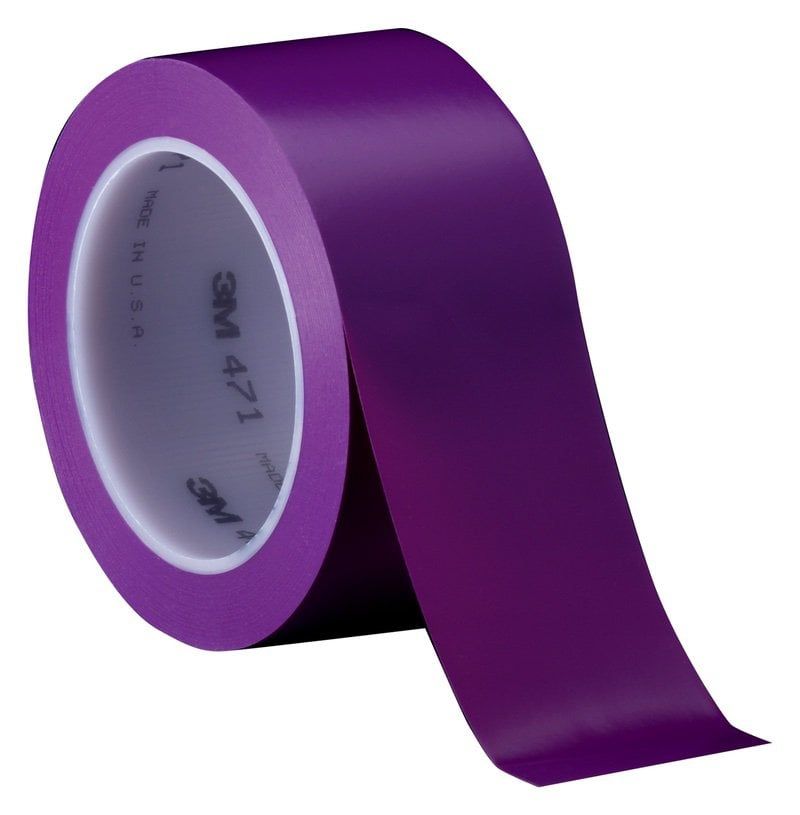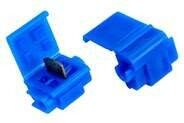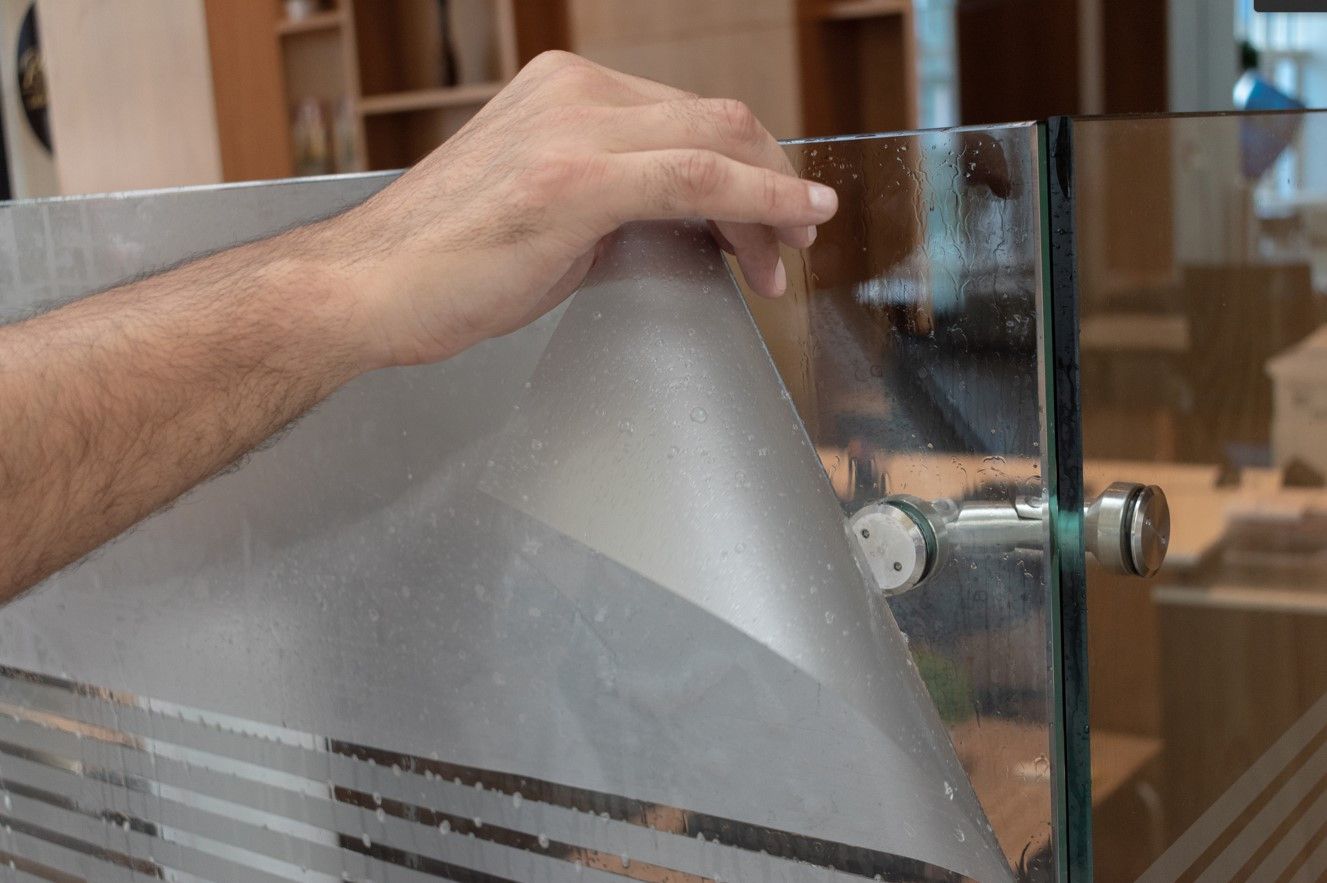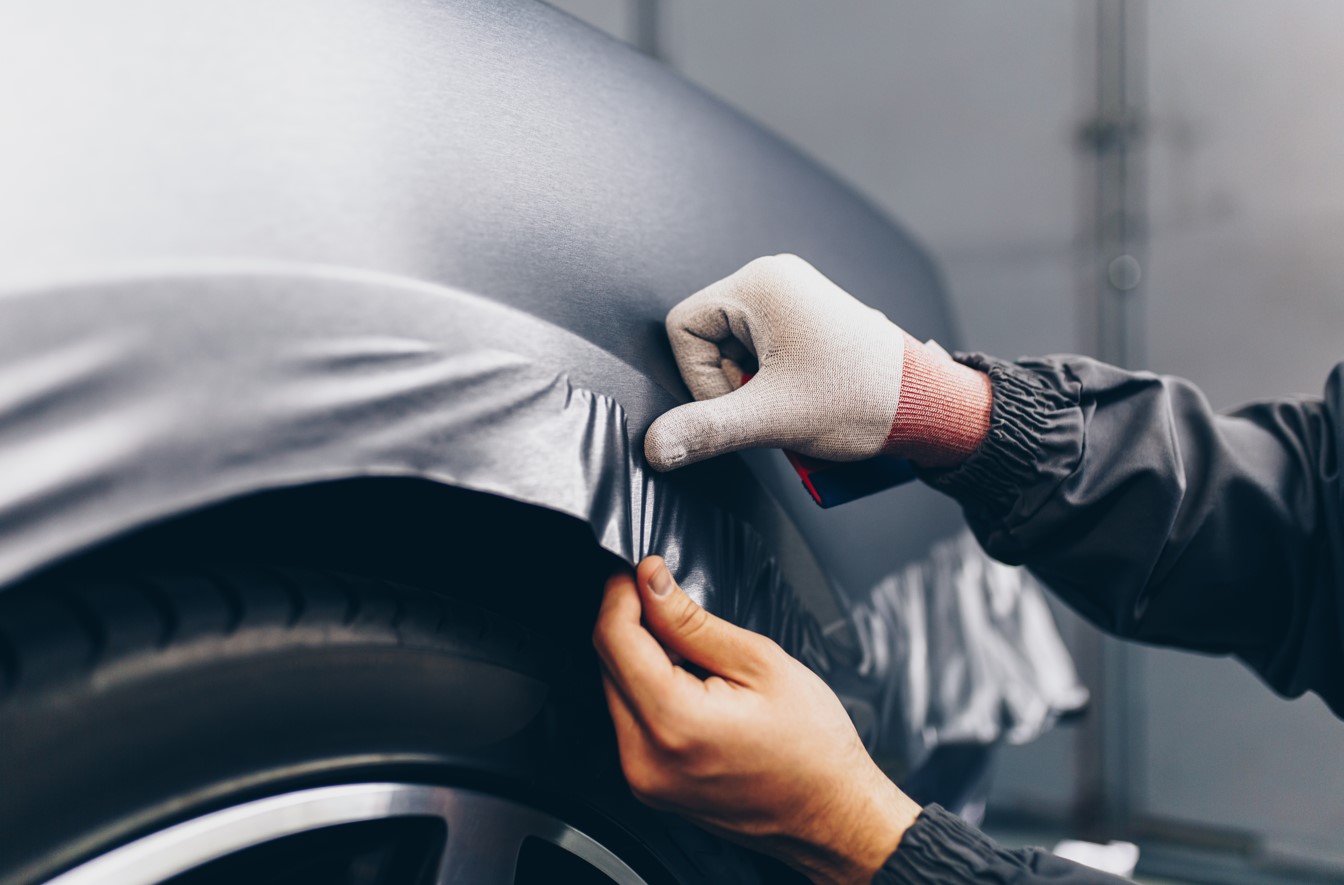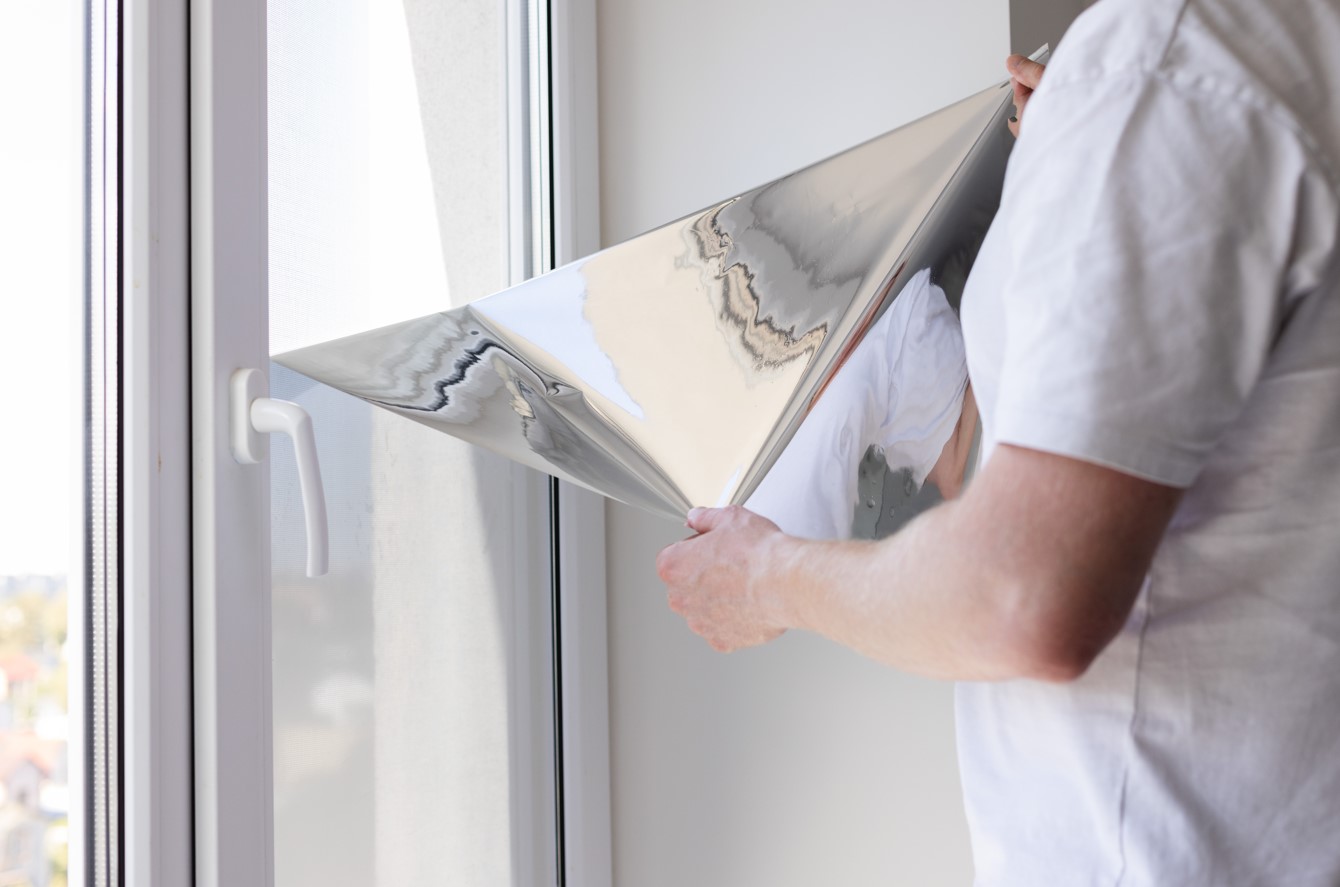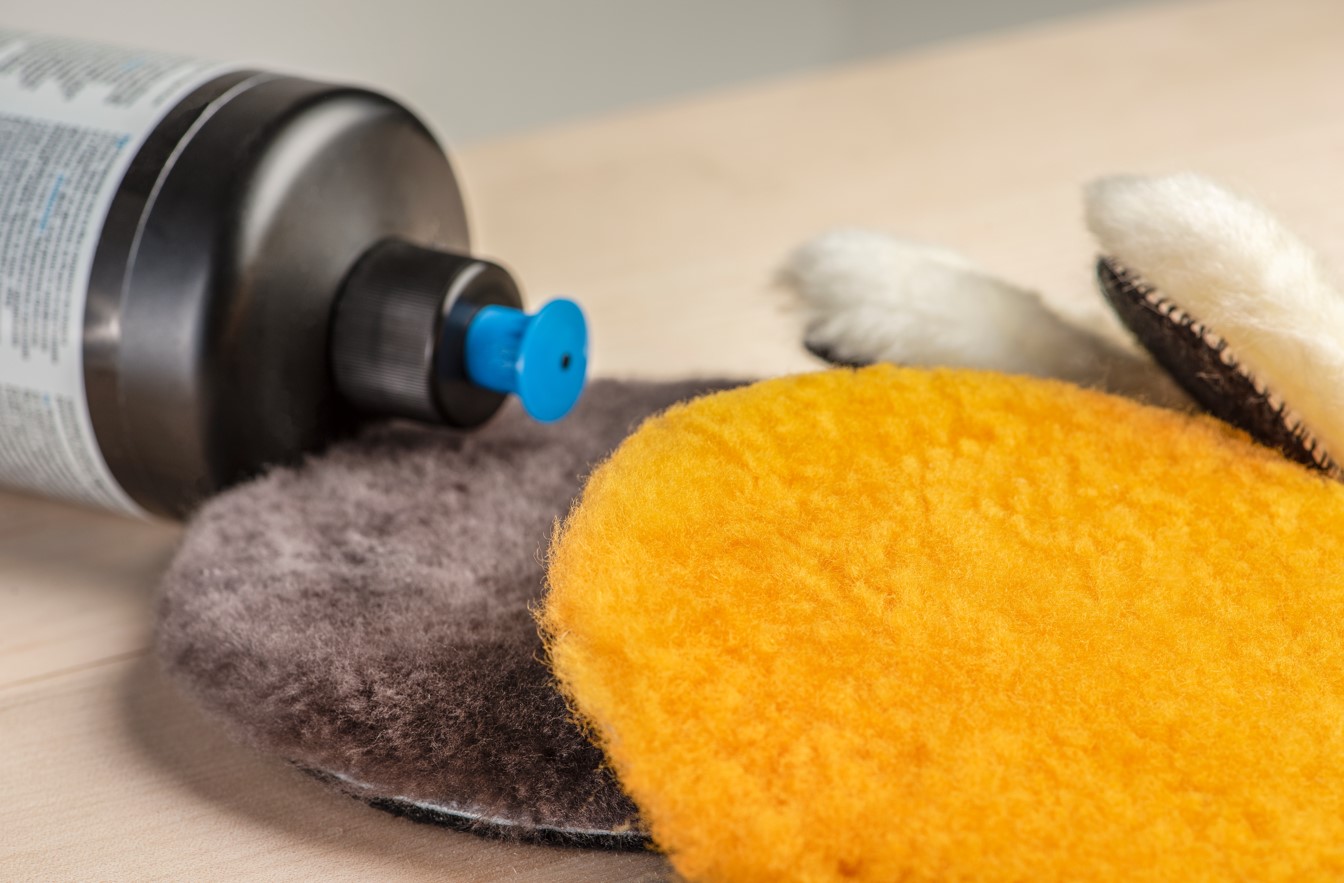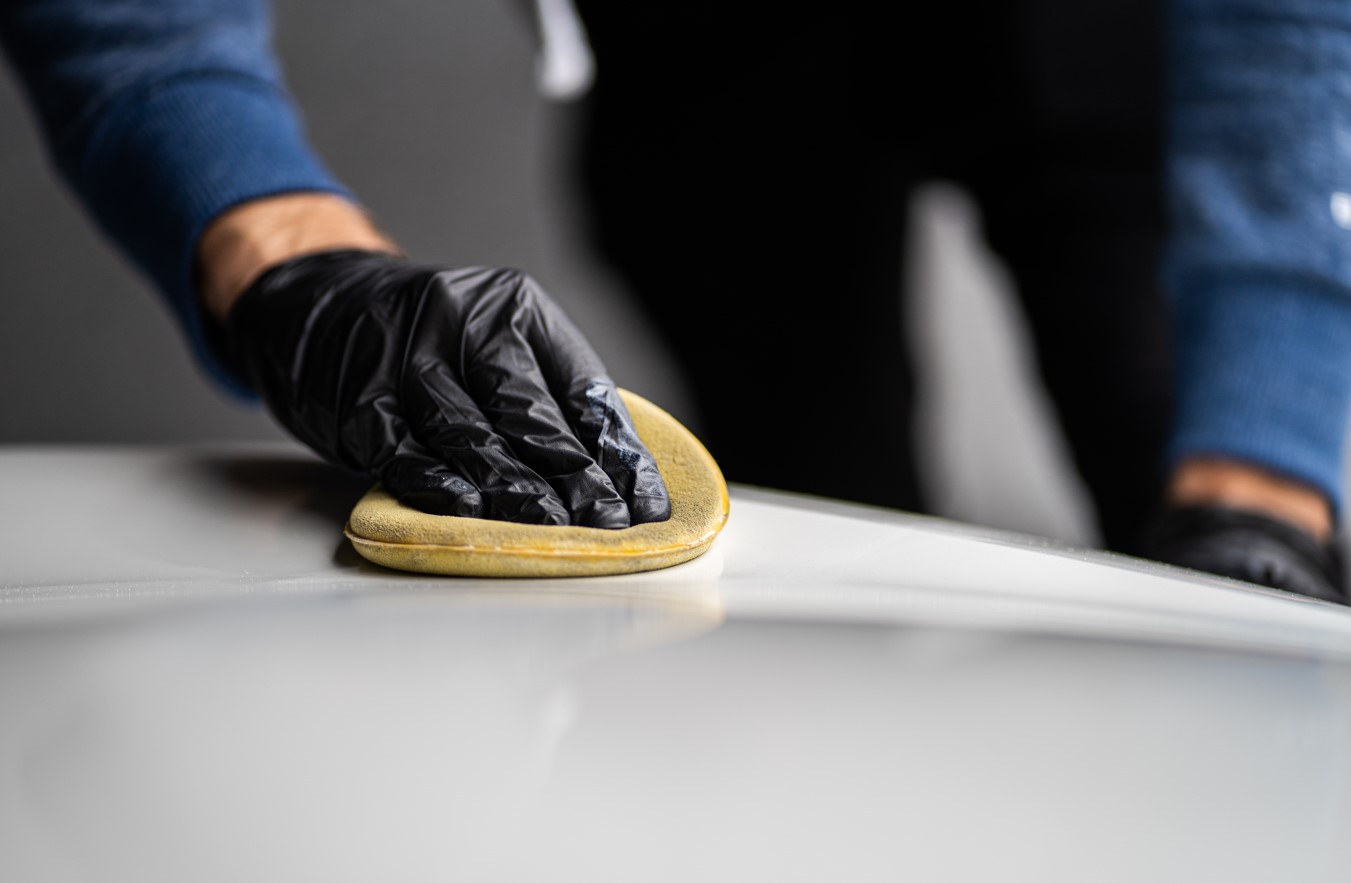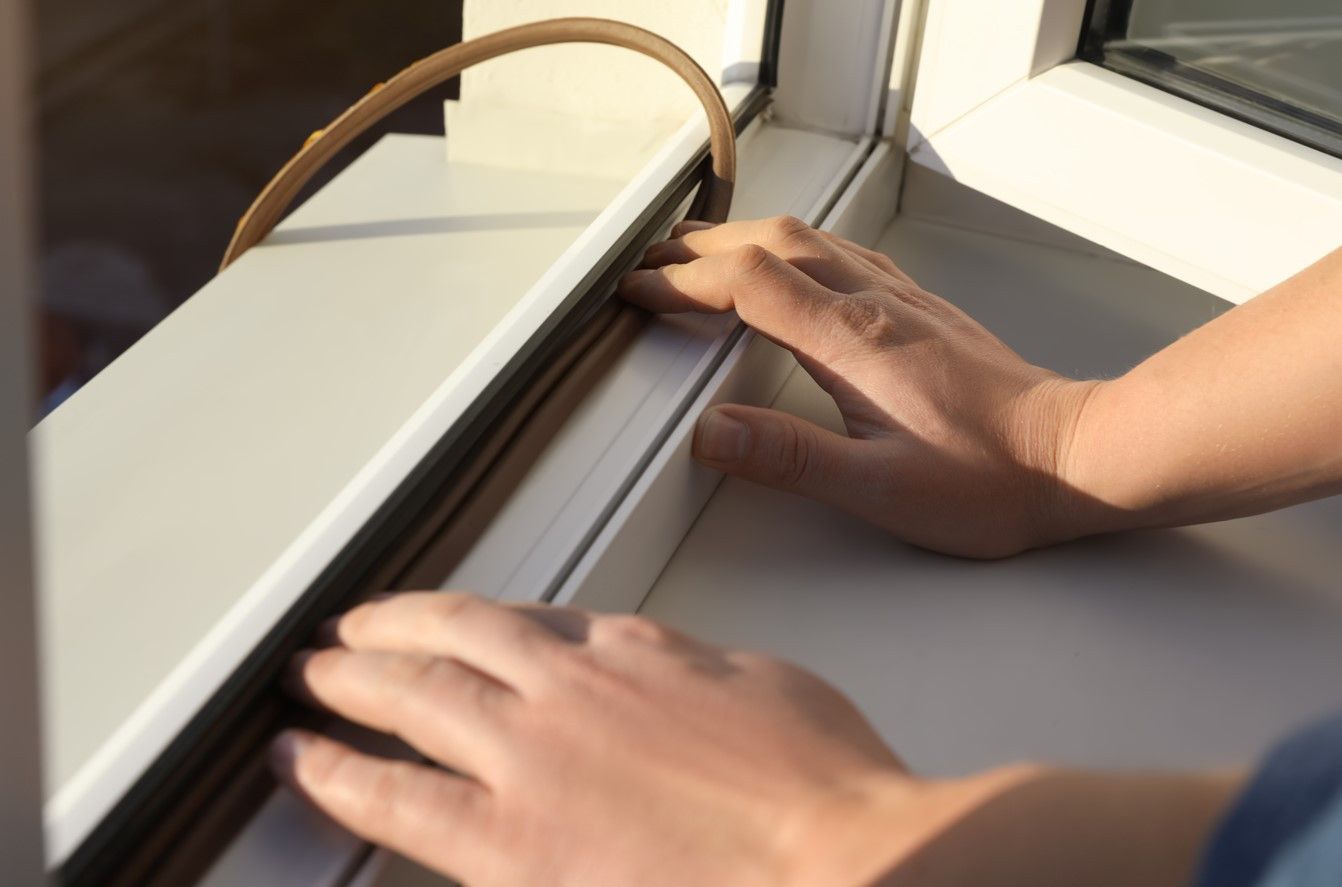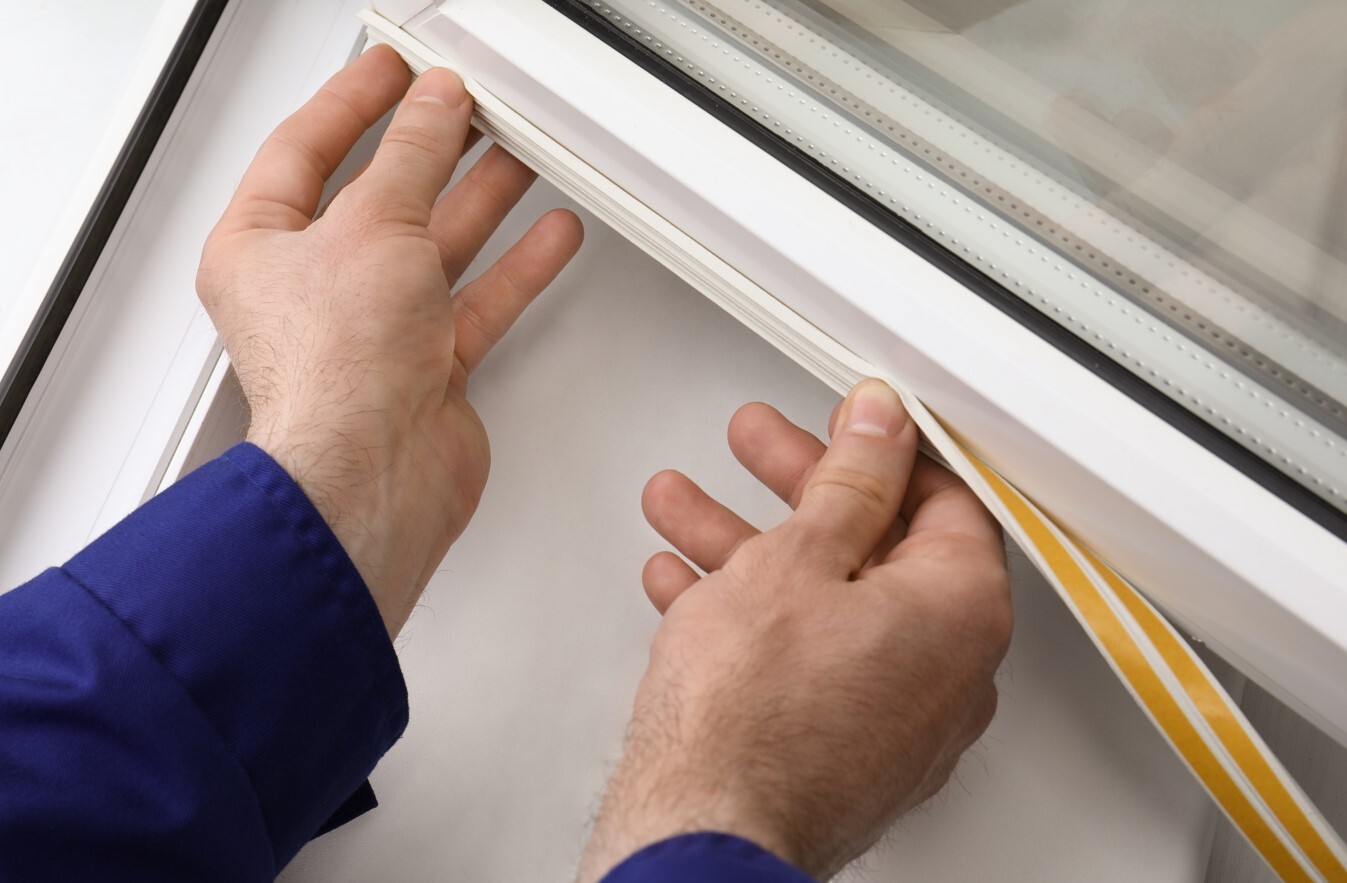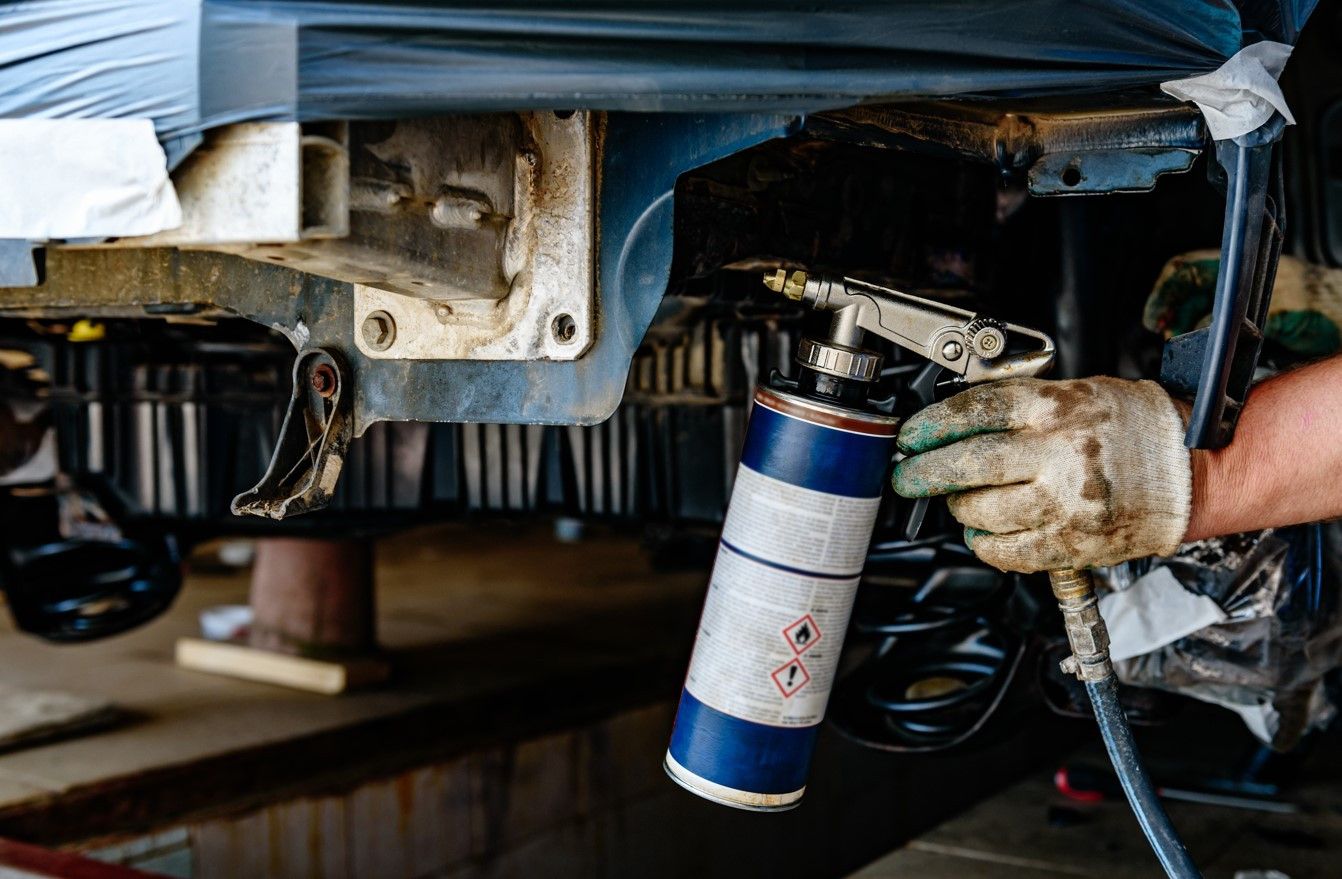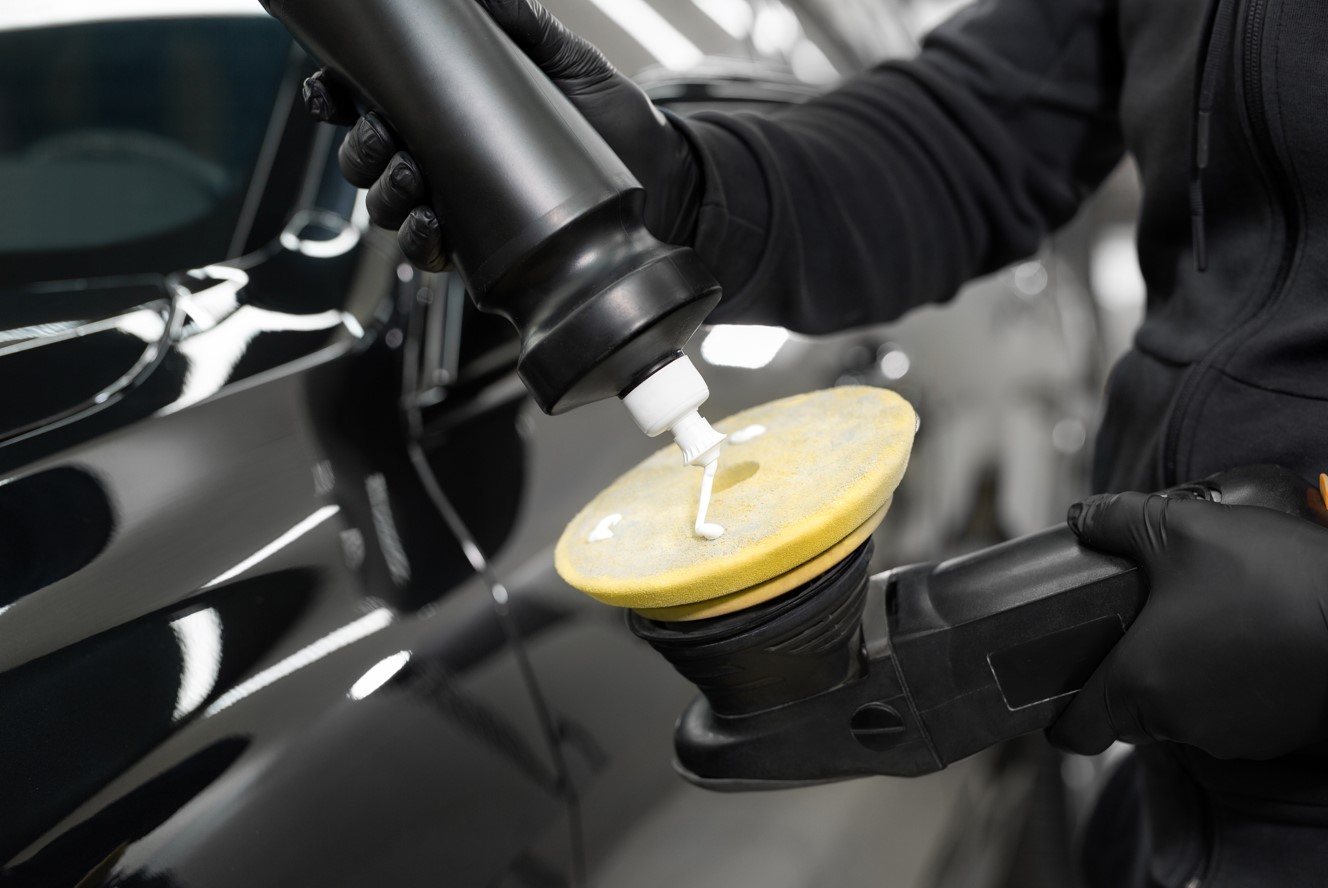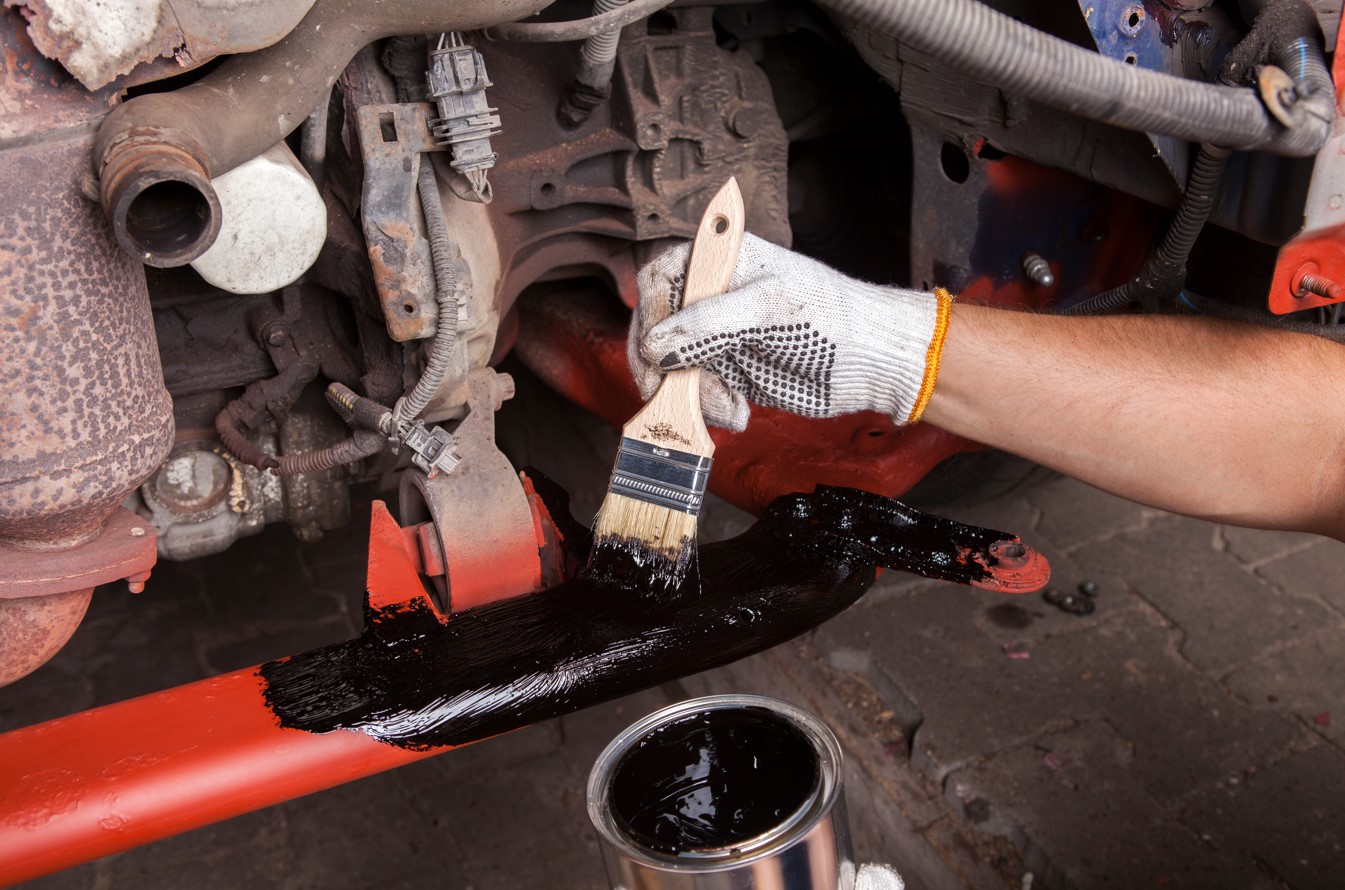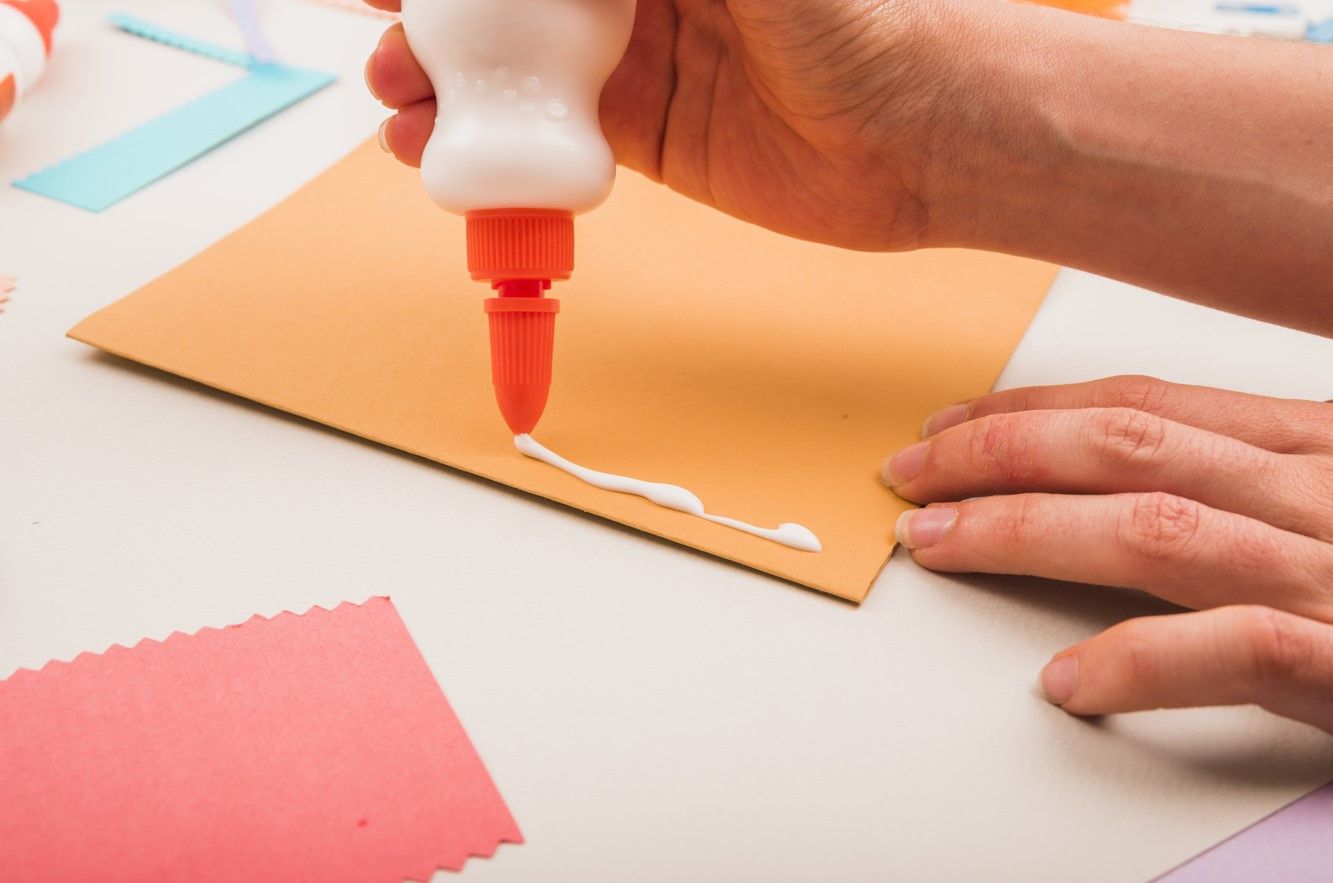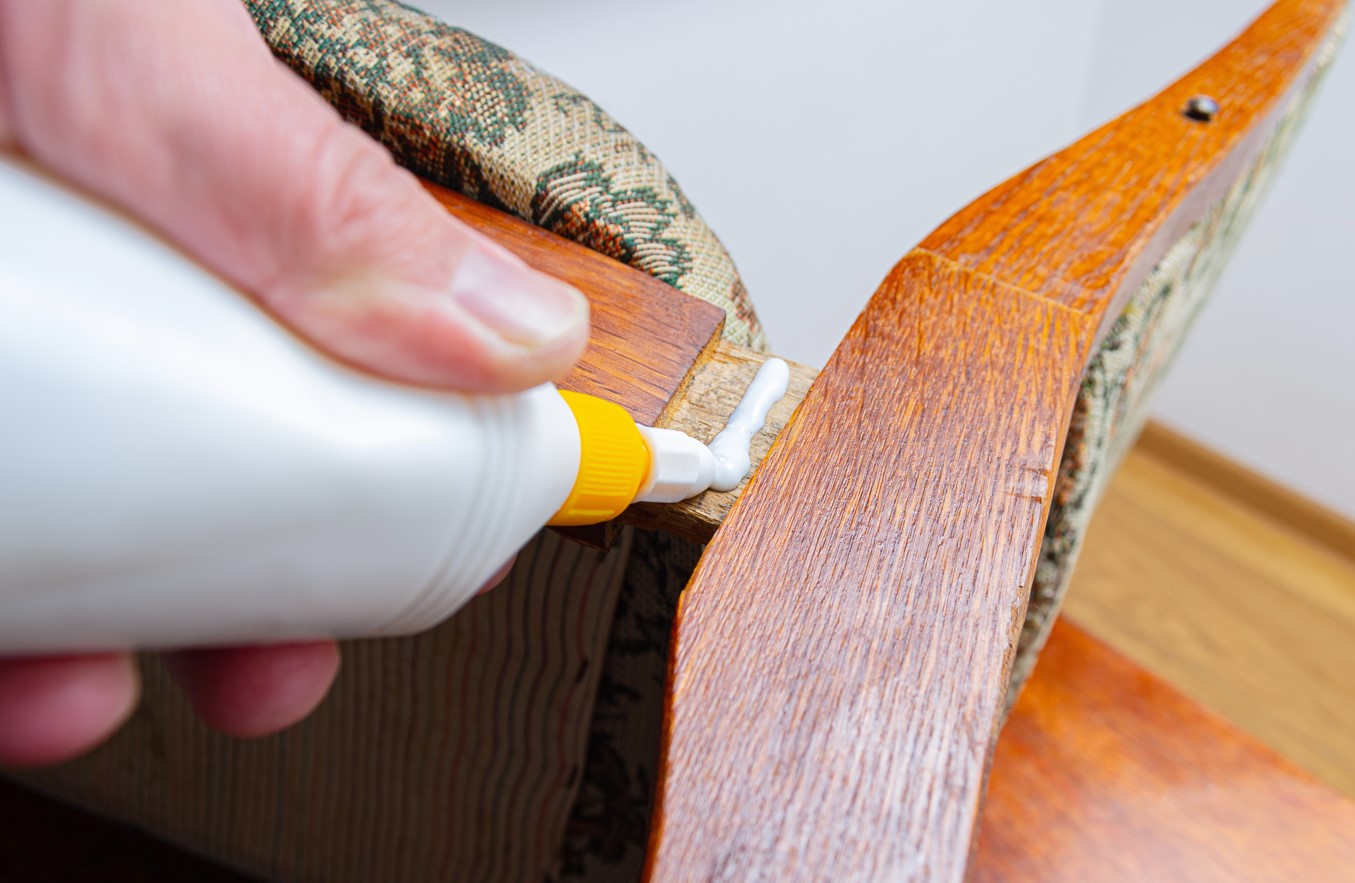3M Film and Foils: A Wide spectrum of solutions
3M film represents the meeting point of modern technology and innovation, offering solutions across numerous areas. This versatile product is present in virtually every field where protection and decoration are essential, from construction to the automotive industry. The 3M film range is rich in functions, colours, and textures, easily adapting to unique requirements and aesthetic expectations. It opens new possibilities in applying film to windows, furniture, vehicles, and buildings in terms of practical functionality and visual appearance. 3M films are characterised by durability and reliability, providing a long-lasting solution for everyday use.
Benefits of 3M Film
One of the main virtues of 3M films is their durability and quality. These films provide extraordinary resistance, guaranteeing a long lifespan thanks to innovative manufacturing technology. The toughness of the materials enables protective films to perform excellently even under extreme conditions. This durability is beneficial in several ways: it saves time and money by avoiding frequent replacements, whilst maintaining aesthetic appearance for an extended period.
They provide exceptional opportunities for decorating and transforming various surfaces. Available in an incredible range of colours and textures, they enable the creation of personalised, attractive solutions. Whether for cars, furniture, or building facades, 3M films are available in various colours and patterns, offering complete freedom for creative design. Furthermore, the films beautify and protect, preserving the integrity of the surface beneath.
Considering the numerous advantages of 3M films, it's easy to understand why many people worldwide choose these products. The combination of durability and aesthetics creates opportunities that hold value over the long term.
3M Films at Flanker
Flanker has been at customers' disposal with a wide selection of 3M films for more than two decades. We offer solutions even for the most specialised applications, ensuring that every customer can acquire what they need.
Let's explore the types of films we offer!
Window Films
Window films are particularly useful for temperature regulation and reducing the harmful effects of the sun, whilst also helping with privacy protection. For example, the 3M CS35 Automotive Window Film makes interior spaces cooler and increases privacy.
Furniture Films
Furniture films protect and refresh the appearance of furniture. The 3M DI-NOC Architectural Finish perfectly reflects modern style trends whilst extending the furniture's lifespan.
Architectural Coatings
Architectural coatings offer aesthetic renovation and functional protection for buildings. The 3M DI-NOC Architectural Finish helps transform interior spaces elegantly.
Surface Protection Films
Surface protection films provide defence against scratches and wear. For instance, the 3M 8591 paint protection film enhances surface durability against weather adversities.
Graphic Films
Graphic films provide opportunities for creative design implementation. The 3M Scotchcal graphic film is easy to apply and provides an outstanding visual effect.
Boat Films
Boat films are specifically designed for protecting and decorating watercraft. For example, the 3M Gloss Boat Blue wrap film ensures a long lifespan with its high UV and water resistance.
Vehicle Films
Vehicle films protect the exterior surface of cars whilst improving their appearance. For example, the 3M wrap film both protects and decorates vehicles.
Display-Integrated Film
Display-integrated films improve the visual quality of screens and protect them. The 3M Optically Clear Adhesive is an ideal choice for the successful integration of displays.
Masking Films
Masking films are essential during industrial and architectural painting projects. The 3M clean masking film preserves the cleanliness and integrity of surfaces to be painted.
Film Application - General Guidelines
Applying 3M films requires precision and the use of proper tools.
At Flanker, you can find all the necessary tools for this process, whether hand tools or specialised equipment. We offer various squeegees, cutting tools, and applicators that help with the accurate and safe placement of films. These tools not only make the work easier but also ensure high-quality results.
During installation, it's essential that the surface is clean and smooth. Start by thoroughly cleaning the surface, removing all types of contaminants and greasy, oily layers that might hinder the film's adhesion. After the surface is clean and dry, carefully measure the area to be covered. Cutting the film to size requires precise work to fit exactly to the surface we want to cover.
It's important to apply the film gradually, starting from one edge, whilst continuously smoothing out any air bubbles using squeegees.
3M films offer wide-ranging solutions for various industries and application areas. Through their durability and aesthetic, and functional benefits, they are practical and also long-lasting.
- Hits: 279


